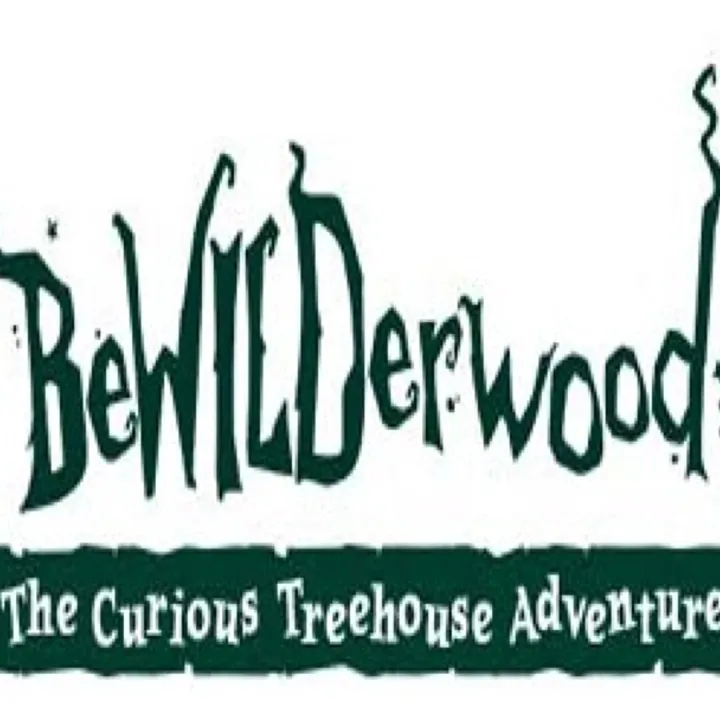Tarvin Woodland Wilding Area
From Tarvin Community Woodland Trust -
The wilding area in Tarvin Woodland.
We are now about half-way through the initial period of 10 years which was allocated for the experimental wilding of about 2,500m2 of the woodland, close to the Townfield Lane end. Other than the fencing of the area and the felling of some dead and nearly dead trees to allow more light to come in, very little work has been done, with the tactic of "benign neglect" being employed.
However (isn't it strange how there is always a 'however'?), we began to wonder whether our approach is the most appropriate one. It is certainly true that leaving everything in nature in the hands of the Almighty has worked well for millions of years, but would our declared outcome – to provide a home for shy animals and birds, secure from the attentions of dogs and people – be better achieved with some judicious management? We felt that such a question was beyond the capabilities of the Trustees to resolve and so we referred to our "Botanical Consultant", Dr Jane Roberts. Jane's 'day job' is to guide all the horticultural operations within the properties in the Lake District that are owned by the National Trust (which includes Dove Cottage and Hilltop). However, she has long shown an interest in our woodland and has said that she is happy to be on hand to give advice when needed. Clearly, this was the time!
During the Autumn, she walked around the wilding area with several of the Trustees. This was the first time that Jane had seen this area since it has been fenced-off and she was most impressed with what has thus far been achieved. She applauded the intention to provide an area where the more-timid of our animals and birds might find a home and she took some trouble to check out what we had had in mind at the beginning of the project. She took the point that we might leave the area to manage itself (benign neglect) and nature would certainly cope, but she pointed out that we would then once again end up with a climax community of woodland trees. Indeed, she was at pains to stress that, since we already have lots of trees, there seems little to be gained by doing this. Our stated aim of providing a home for the more-timid of our animals and birds could not be achieved that way – rather, it would involve at least some managing of the under-storey each year, and, of course, this would be labour-intensive.
Jane was impressed with the large area (glade) in the centre of the wilding area. This is the space on which we need to concentrate, but we have two already-resident plants – brambles and nettles – that we must be on top of if we are to succeed. Both of these do have their place, but they must be managed if we are to encourage all of the less-vigorous ground cover and under-storey plants that we desperately need. The problem with both of these plants is their vigour – they grow into large plants very quickly, crowding out and covering the other plants that we will need to encourage.
Jane noted the 'dead hedges' that are being constructed around the wilding area and suggested that, were the brambles to use the fence and dead hedges for support, they would grow up and strengthen the boundary for us. (The brambles growing outside the fence will need trimming occasionally, though and this could be done when the volunteers do the regular maintenance on the 'bridleway'.) A few nettles MIGHT be tolerated at the edges – BUT they certainly will spread and would therefore require ongoing work to control them. Inside the peripheral metre or two, brambles and nettles should be removed. The most certain way of doing this would be by digging them out – and then waiting for the bits that were missed to grow again and then digging them out, too. This would involve a lot of hard work and Jane wondered exactly how much work volunteers wanted to do!
Instead, she suggested that brambles and nettles away from the periphery should be strimmed when necessary (perhaps two or three times a year). This would not enable eradication to be achieved nearly so quickly but, over several years, it would certainly do the trick. However, this routine strimming must not be missed, or else they (the nettles particularly) will quickly re-establish, and we would have to start again in order to remove these 'thugs.
Next, the ground layer and under-storey will need encouragement. (Doing this before the eradication of the nettles would be pointless.) Jane pointed out at least three plentiful plants growing around our feet – avens (geum), knapweed (centaurea) and red campion (silene) – and said that, by looking at what is already naturally growing well in the rest of the woodland, we can decide which plants to propagate and thereafter plant in the glade. She said, "Look for the lower storey and ground areas to give you advice about what is already there and hence is going to grow." When asked about the need for further felling, Jane was adamant that we should get control of and thereafter manage what is there now before even contemplating any further removal of trees.
So, what is the answer to our question: "Do we manage the wilding area by benign neglect, or do we develop an active management scheme?" The informed answer comes back that, to achieve what we originally said we wanted, we have to do some active management of the area. The sooner this begins, the more quickly our intentions will be achieved. Thus, volunteers will in future be evident occasionally on Thursdays in the wilding area as we give nature a hand to produce an area which is hospitable for our more shy animals and birds to make their home.
There are always opportunities for folk who can spare a couple of hours on a Thursday to come along and join the volunteers. Anyone can become a volunteer – just have a word with one of the Trustees to find out how. There is no cost involved, no minimum commitment, necessary tools and safety wear are on hand for use and the friendliness and bonhomie within the groups is enormously enjoyable.
You can make contact via email to: info@tarvincommunitywoodland.org.
Charles Bradley
Director and Secretary
Tarvin Community Woodland Trust, Ltd
Quick Links
Get In Touch
TarvinOnline is powered by our active community.
Please send us your news and views.











